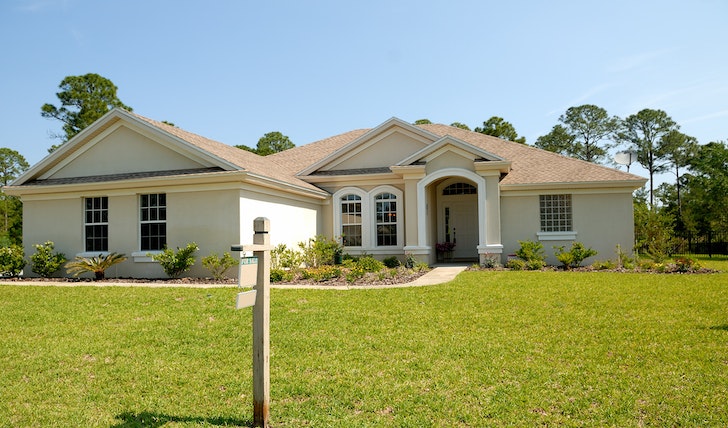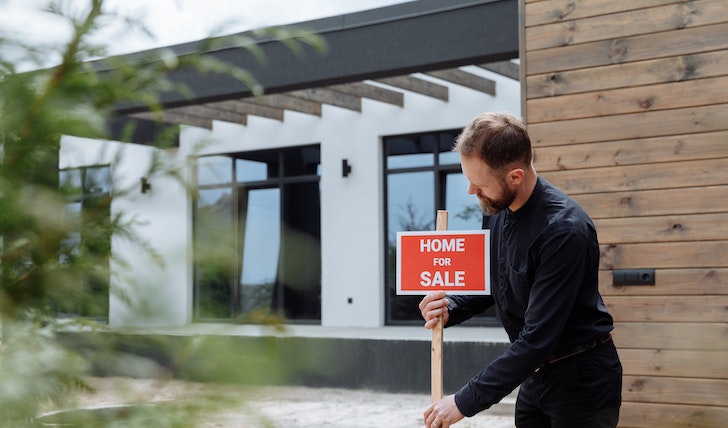The golden era of white-picket fences and tree-lined driveways is vanishing in the U.S. There was once a time when owning a home in America was synonymous with success, stability, and an achieved dream. However, fast forward to the present, and you will find a more bittersweet reality.
Current data reveals a concerning pattern: For every seven homeowners in the U.S., one feels pressured into selling their abode, and it is not because they are chasing after a better view or a larger garden. The root cause? An ever-escalating cost of living that is quickly outpacing most incomes.

Let’s dive into this unexpected turbulence in America’s housing scene.
The Great Cost Creep
While the U.S. economy seems to be on a roller-coaster ride upward with thriving stock markets and ever-growing tech giants, there is an undercurrent of struggle that is much less glamorous. We are talking about the gradual yet steady increase in everyday expenses.
It is been sneaky but consistent. Think about it. The price tag on everything, from your child’s education to that apple in your cart, seems to be on a perpetual climb.
A family that was comfortably managing its mortgage five years ago now finds the same lifestyle staggeringly expensive. Why? Because healthcare now takes a bigger bite out of their paycheck. Utilities, no longer as manageable as they once seemed, are soaring.

Homes: No Longer Just Brick & Mortar
A house is not just about the walls and the roof. It is about memories, generations, and history. While it is nostalgic to reminisce about times when houses came with smaller price tags (remember when your parents bought their first home and how much it cost?) Today’s reality is starkly different.
Many American cities flaunt median house prices well over $300,000. This increase in property prices has transformed the quintessential 30-year mortgage into an overwhelming burden for many.
Are There Roads to Redemption?
All is not lost, though. America, in its essence, is a nation of resilience and innovation. The housing challenge, as grave as it appears, is not insurmountable.

One solution lies in adjusting wages to reflect the real-world cost of living. There is also a clarion call for developers to think out of the box. Think modular homes, communal living spaces, and eco-friendly habitats that do not break the bank. And it is high time for local governments to reevaluate their stances on property taxes, putting homeowners’ interests at the forefront.
Parting Thoughts
In 2023, America is witnessing a shift. The dreamy narrative of homeownership is undergoing a transformation, primarily driven by the imbalance between salaries and the cost of living.
So, as we stand on the precipice of what might be a significant housing evolution, it is a reminder that dreams can change. And so can the pathways to achieve them.
